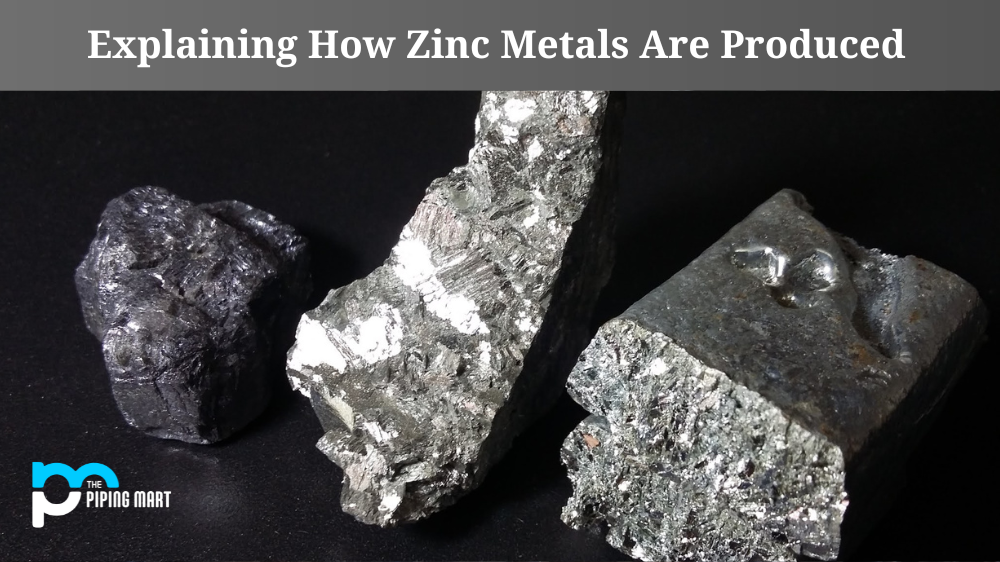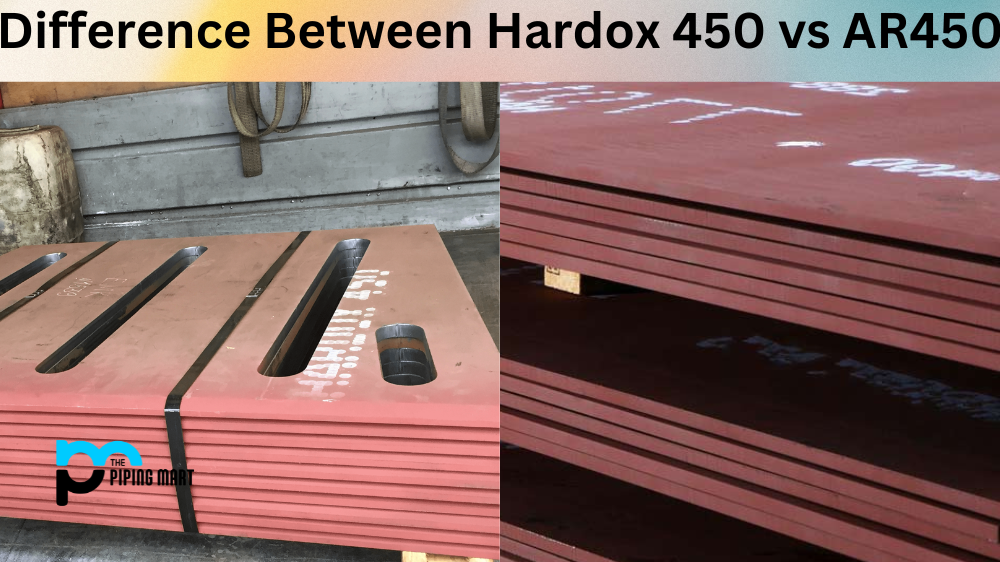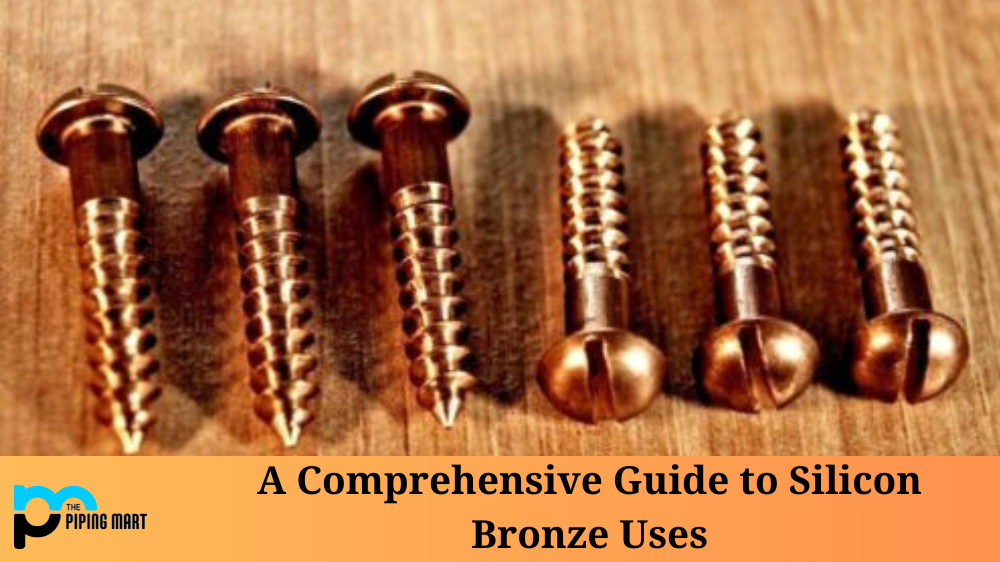Aluminium is one of the most popular metals in the world due to its lightweight, durability, and versatility. It is used for various applications, including construction, transportation, packaging, and more. However, deciding which one to go for can be overwhelming when choosing the right aluminium alloy for your project. In this article, we will compare two of the most commonly used aluminium alloys, 1050 and 5754, to help you make an informed decision.
Where is Alloy 1050?
Aluminium alloy 1050 is a popular choice for applications that require high corrosion resistance, such as marine and aerospace structures. It is also used in cookware, lighting reflectors, and decorative parts. Alloy 1050 is a pure aluminium alloy containing 99.5% of aluminium with no significant alloying elements. This makes it easy to form, weld, and roll, making it ideal for products that require a high level of formability.
Where is Alloy 5754?
Aluminium alloy 5754 is less pure than 1050, containing magnesium as the additive element. It is commonly used for welding due to its excellent corrosion resistance and high strength. Alloy 5754 is resistant to seawater and industrial chemicals, making it ideal for shipbuilding and other marine applications. It is also used for structural applications, such as truck and bus bodies, lighting fixtures, and furniture.
Difference Between Aluminium 1050 and 5754
Comparing the Two Alloys
The main difference between the two alloys is their composition. While 1050 is a pure aluminium alloy, 5754 contains magnesium, which makes it more robust and durable. Alloy 5754 has better corrosion resistance, especially in harsh environments, than 1050. However, 1050 is more malleable and easier to form, making it an ideal choice for bending and stamping applications.
Regarding cost, 1050 is cheaper compared to 5754 due to its purity. However, the price difference may be insignificant, depending on the supplier, quantity, and application.
Which Alloy to Choose?
Deciding whether to choose 1050 or 5754 depends on the specific application. If the project requires excellent corrosion resistance, such as marine and offshore structures, 5754 may be the best choice. If the project requires high formability, such as cookware, 1050 may be the optimal choice. It is also important to consider the budget and supplier availability.
Conclusion
In conclusion, choosing the right aluminium alloy depends on the specific application requirements, budget, and supplier availability. Both 1050 and 5754 have unique properties, making them suitable for different applications. Regardless of the choice, ensuring the final product meets the desired quality and specifications is essential.

A passionate metal industry expert and blogger. With over 5 years of experience in the field, Palak brings a wealth of knowledge and insight to her writing. Whether discussing the latest trends in the metal industry or sharing tips, she is dedicated to helping others succeed in the metal industry.




